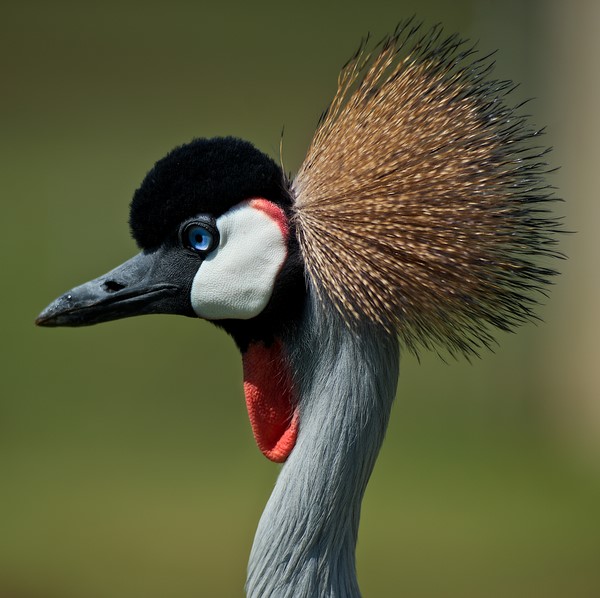
Why Cranes?
They are part of our story

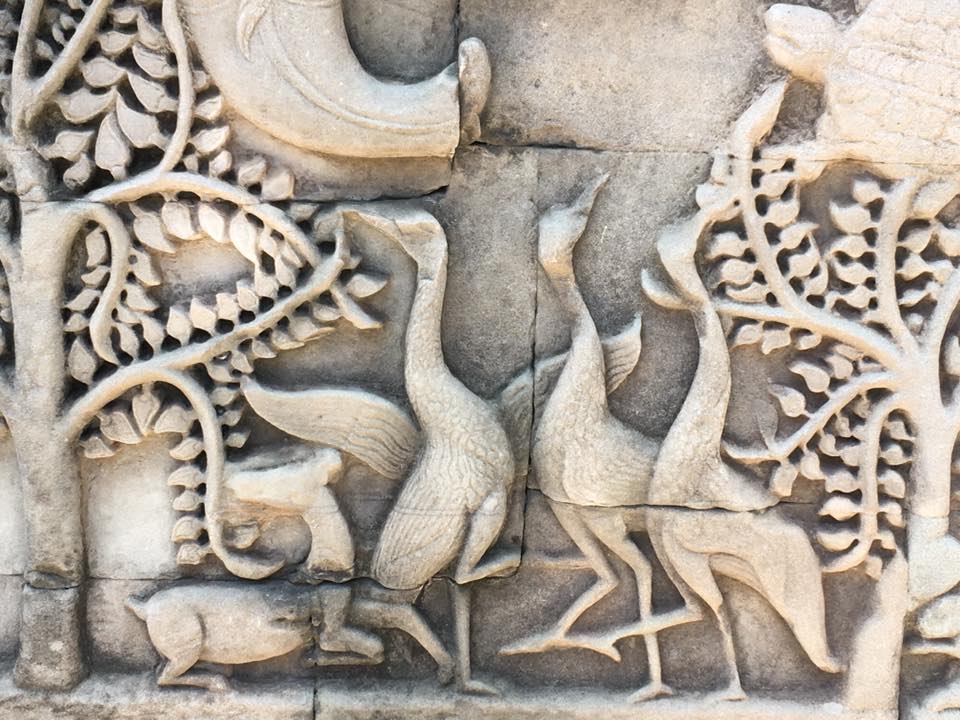


Cranes are ancient birds whose elegance and beauty have long captured man’s imagination. There are references to them in the bible and in the mythologies of the Greeks, the Chinese, the Persians, the Japanese and many other cultures, as symbols of peace, fidelity, wisdom and longevity.
In South Africa, legend has it that Shaka wore Blue Crane feathers in his head-dress and decreed that feathers of these magnificent birds may be worn only by kings.
They are beautiful, iconic, and elegant birds.
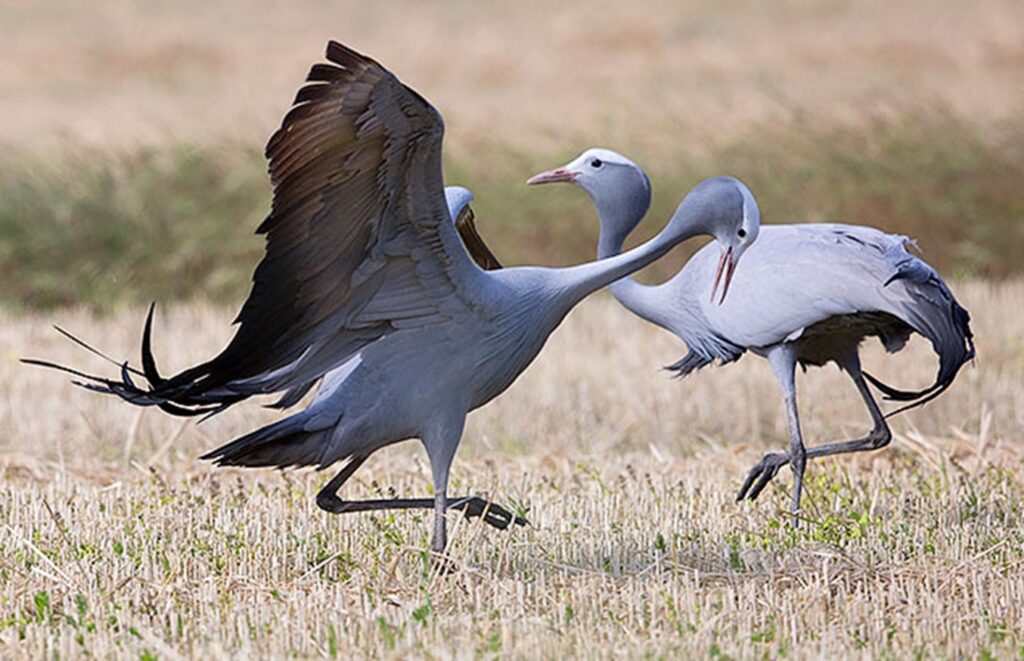
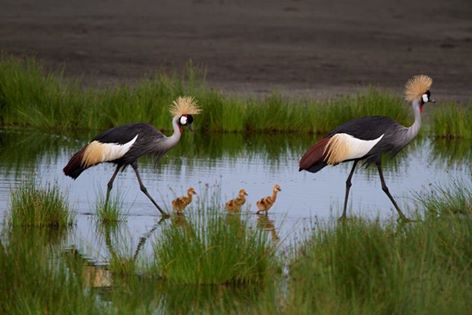
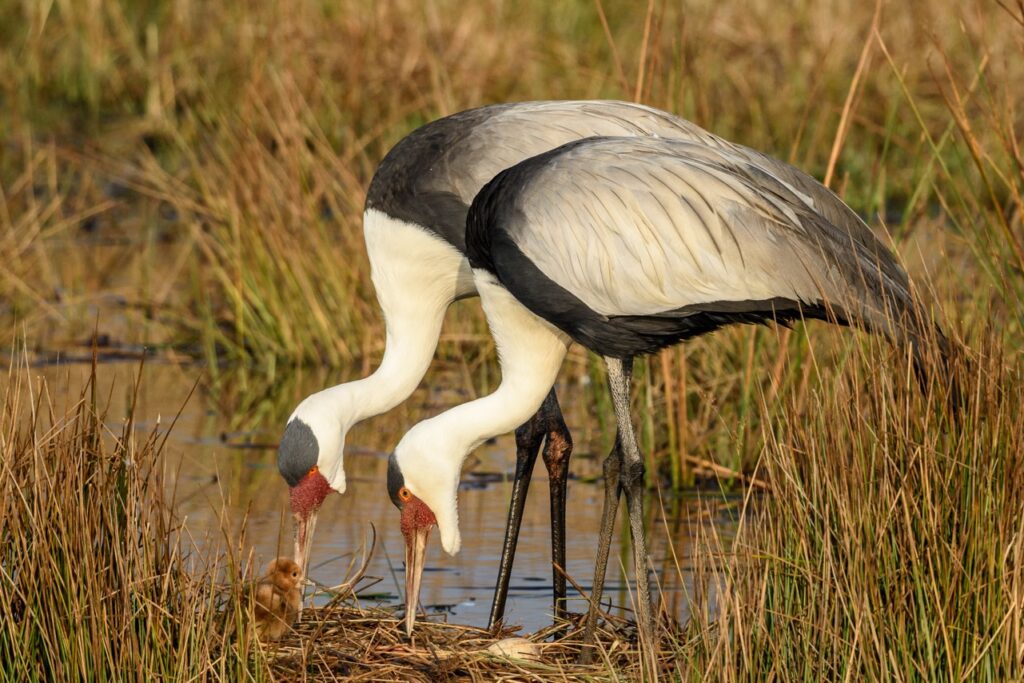
The elegant courting rituals of cranes are built around evocative dances, exchanges of nesting material, and their haunting call. These rites are the precursors to lifelong partnerships, with crane pairs seldom losing sight of one another over the span of their long lives (which can exceed 30 years).
They are ancient.

Crane fossils date to at least the Miocene period, predating those of humans by many millions of years and are older, by half, than the earliest remains of most living species of birds.
Thus, their appeal lies not only in their grace, stateliness, and fidelity, but also in their antiquity.
Some may argue that these issues are sentimental notions and if the birds die out, it’s all part of the natural passage of evolution.
There is, however, a far more pragmatic reason for alarm over the decline in the number of these beautiful birds.
They are a Primary Indicator Species
Cranes are visible indicators of the health of the vital water catchment area of our country, the grassland biome. The presence or absence of cranes gives us an immediate understanding of the health of this important habitat. They are very evident in our wetlands, and if they disappear, how many other much less obvious species will have disappeared with them?



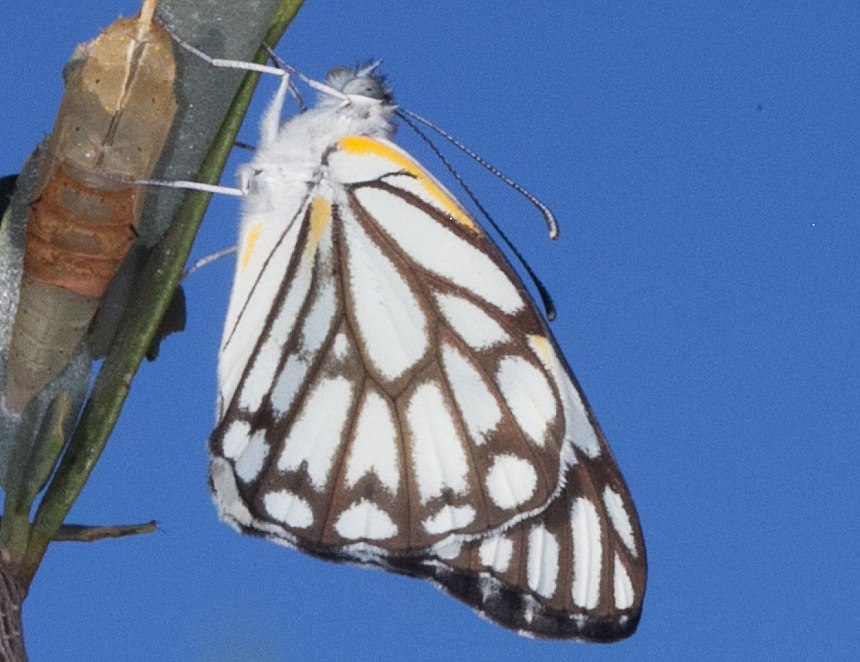
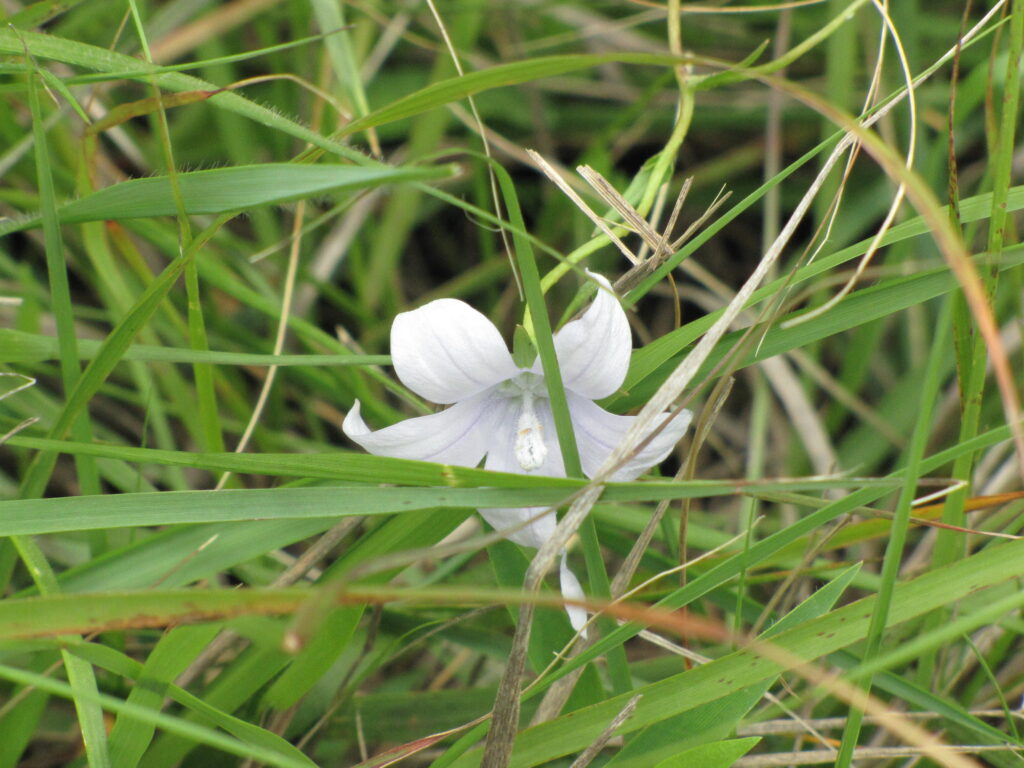
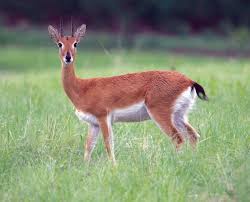
The looming threat of climate change, coupled with any degradation of our vital grasslands should sound alarm bells about the future of water security in our dry country.
Want to Know more about Cranes?
Receive our regular updates directly in your inbox.
